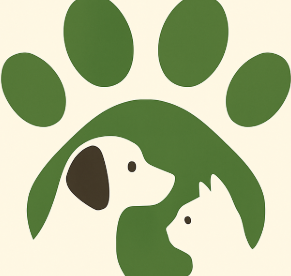
Understanding Brachycephalic Breeds: Exercise Essentials
Brachycephalic dogs, with their uniquely flat faces and short snouts, come with a set of distinct health challenges that pet owners must be keenly aware of. One of the primary concerns is managing their weight. These breeds, from bulldogs to pugs, are prone to obesity, which can exacerbate respiratory issues often associated with their anatomy. Keeping a tight grip on their feeding schedule can work wonders. Instead of one or two hefty meals a day, consider dividing their food into three smaller portions. This not only helps in weight management but also promotes better digestion, leading to a happier, healthier pup.
In EP96 Inke Brachycephalic Exercise tips & leads, the discussion dives into the unique needs of brachycephalic breeds regarding exercise and care, exploring key insights that sparked deeper analysis on our end.
The Importance of Appropriate Exercise
When it comes to exercise, timing is essential. Brachycephalic dogs struggle with heat regulation due to their short airways. On hot days, it’s best to keep them indoors, particularly during the hottest parts of the day. Instead, opt for early morning or late evening walks when the temperature is cooler. Be sure to choose a pace that suits their comfort level—short bursts of activity are better than prolonged stress on their airways.
Choosing the Right Gear: Leads and Harnesses
An essential part of exercising your beloved pet is choosing the right gear. Many new pet owners may not realize that traditional collars can spell trouble for brachycephalic dogs. They can cause additional pressure on the throat, exacerbating breathing issues. Instead, invest in a quality harness that distributes pressure evenly across their bodies. Find a harness designed for short-nosed breeds, which is not only comfortable but will also keep them safe and secure during outings.
Beyond the Walk: Keeping Your Pet Active at Home
Exercise doesn't have to be limited to outside adventures. You can incorporate playtime at home to keep your pup active and entertained. Simple games like hide-and-seek or using interactive toys can stimulate their minds and bodies without the risks associated with outdoor exercise in high temperatures. These activities not only help maintain a healthy weight but also strengthen the bond between you and your furry friend.
Recognizing the Signs of Overexertion
As puppies, brachycephalic breeds may not show signs of fatigue until it’s too late. Be on the lookout for excessive panting, drooling, or a sudden decrease in energy levels. If your dog seems to be struggling, it's crucial to take a break immediately. Learning your dog's limits is an important aspect of keeping them fit and healthy.
As we’ve discussed in EP96 Inke Brachycephalic Exercise tips & leads, maintaining a balanced approach to managing your brachycephalic dog’s weight and exercise routine can lead to a healthier and happier life. By ensuring proper nutrition, choosing the right gear, and being mindful of their exercise needs, you can offer your pet a fulfilling life.
So take the first step towards a better lifestyle for your furry friend—schedule regular vet check-ups to monitor weight and discuss exercise strategies tailored just for them!
 Add Row
Add Row  Add
Add 




Write A Comment